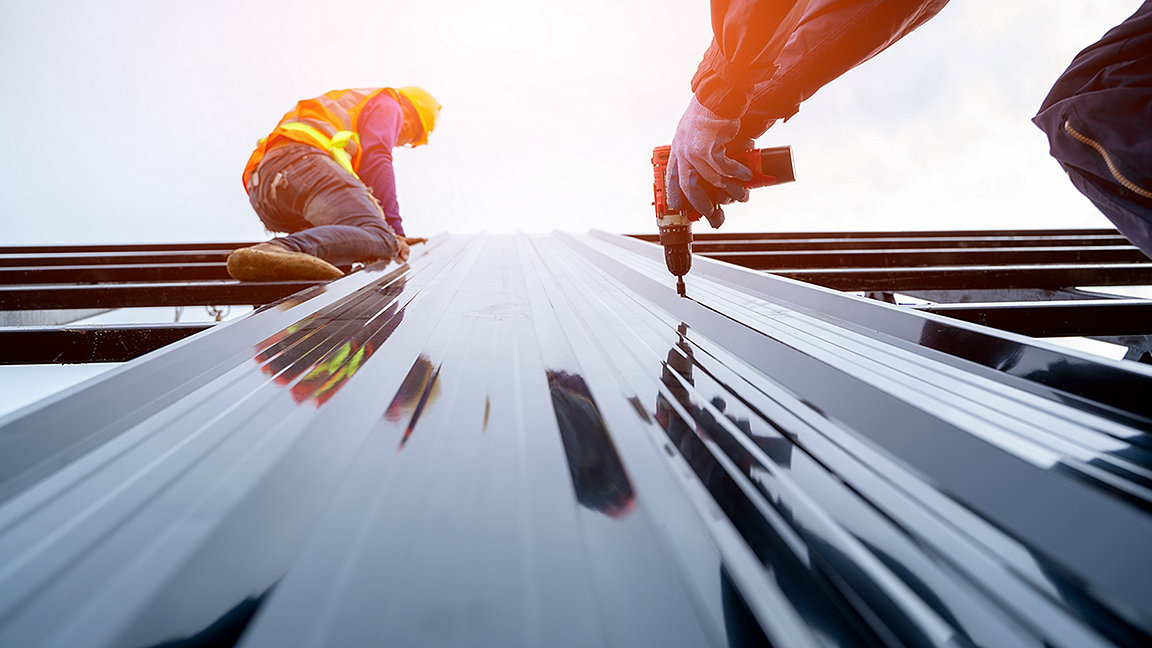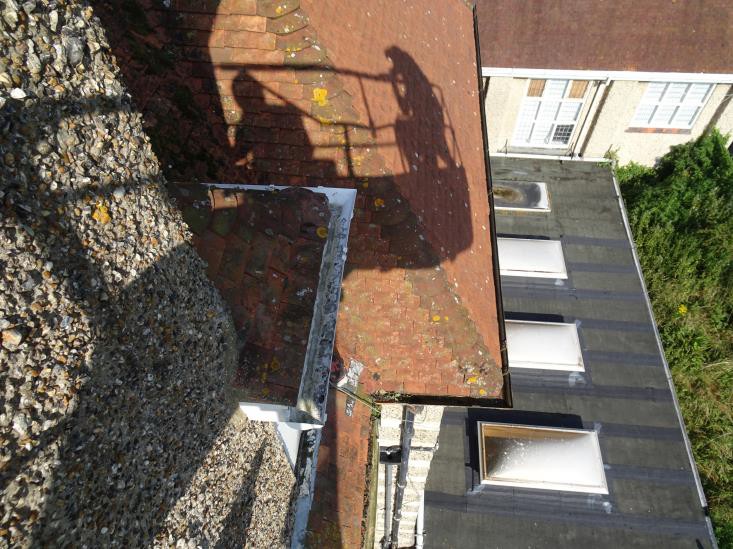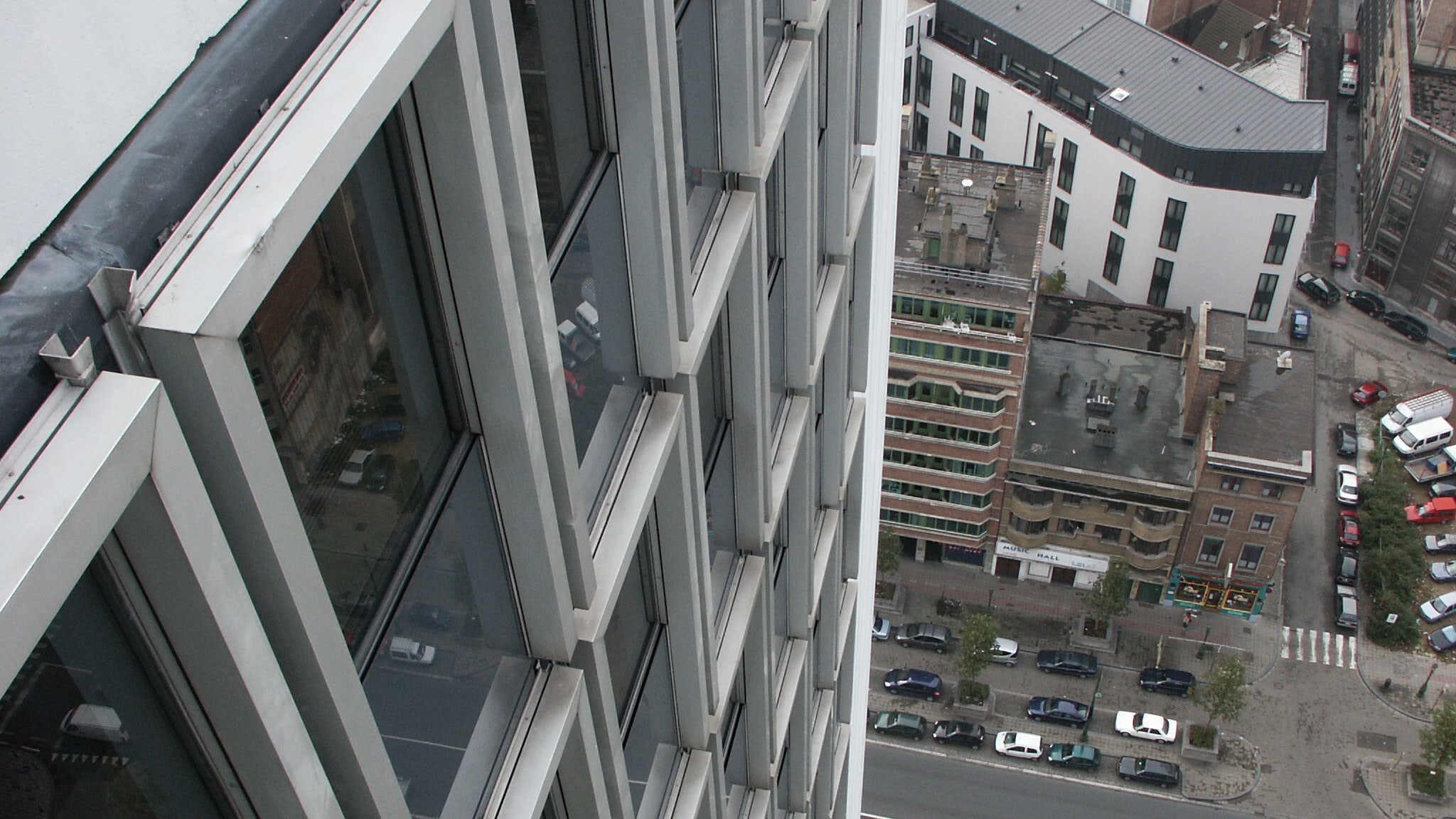
Unlike the cut and thrust of dilapidations or the potentially more glamorous projects covered by technical due diligence, planned preventative maintenance (PPM) may be perceived by some as boring, labour-intensive and simply too much work for too small a fee.
However, events such as 2017's Storm Doris show how vital PPM can be. The storm, which resulted in a fatality caused in part by poor building maintenance, was one of the main reasons for my appointment as the lead author of the RICS' Planned preventative maintenance of commercial and residential property – the first guidance dedicated specifically to this important surveying workstream – which came into effect on 1 May 2022.
But there is a sense among surveyors that building owners and landlords are reluctant to commit to proactive maintenance, as PPM surveys find it can eat away at budgets.
With this in mind, I've looked into the current approaches taken by professionals in this discipline, as well as identifying barriers to establishing best practice, by carrying out research which formed part of a much larger study undertaken for a client on best practice for their portfolio.
Clients do not always provide clarity
I devised an online questionnaire for 25 respondents from local, national and international surveying practices that cover various service lines. Surprisingly, their responses suggest that PPM accounts for a relatively small percentage of the survey work they carry out – less than 25% in most cases, and never more than 50%. The results may support the idea that such surveys are less lucrative than dilapidations or technical due diligence.
Surveyors were also asked whether they were aware of their client's maintenance strategy when agreeing to undertake PPM surveys. Of those performing such surveys, only 37% feel that their clients and building owners have a clear maintenance policy; more disconcertingly, 38% actively disagree with this assertion.
The next question therefore asked how well surveyors understand their clients' maintenance strategies. While just under half (48%) said they did in all or most cases, 40% said this was only sometimes true, and 12% rarely or never. These answers show that owners, asset managers or clients do not always have clear maintenance strategies that they communicate effectively to those undertaking surveys.
Despite this, more than 80% of surveyors say they are commissioned with an agreed client instruction. While this may be the case it does raise the question whether these instructions are always appropriate considering the suggestion that owners, asset managers or clients do not always have clear maintenance strategies.
The need for a formal instruction is more likely to be a consequence of both historical and current RICS guidance notes, as well as professional indemnity insurance obligations it does not guarantee that clients receive advice appropriate to their needs.
Roof and facade access proves potential barrier
Surveyors were then asked about which of the following factors are likely to pose a significant risk to providing appropriate advice when undertaking a PPM survey:
- lack of time
- lack of access
- lack of documents
- lack of fees
- all of the above.
Time constraints alone do not specifically appear to be a significant issue; however, access is an issue. Perhaps surprising is that a lack of documents is the biggest individual risk when it comes to giving appropriate advice.
However, nearly four out of ten surveyors cite all the listed factors as contributing to risk. This supports the notion that PPM surveys are undervalued and less well resourced.
Meanwhile, it is concerning that only 37% of surveyors agree that they always or usually get access to roofs and upper-level facades. Qualitative data from comments collected by the questionnaire indicates that surveys are usually conducted from ground level, or that the roof is only accessed when there are safety measures in place such as barriers.
Respondents recognised that getting on to the roof also depends on the type or location of the building, with historic buildings typically being more difficult to access. A number of comments indicate that, while such surveys are taken from ground-level, they have negotiated with clients to procure drone surveys or external platform lifts as well. From a practical perspective, flat roofs seem to be more straightforward to survey than pitched roofs, provided access can be granted.
While surveyors rank roofs and facades as difficult to access, it is building structures that are regarded as being the problem in this regard. This is not surprising, though, because anything other than low-rise, traditional load-bearing masonry is likely to comprise a framed structure concealed by cladding, finishes and fit-out.
There also seems to be some alignment between the areas regarded as being the most difficult to access and the perceived maintenance cost risk perceived by surveyors when advising clients.
While roofs and facades are two of the three highest perceived cost risks, services is the other. Again, this is to be expected given that these are often considered to have the shortest life cycle and highest investment cost.
Similarly, when respondents were asked to rank the health and safety risks attributable to lack of maintenance, roofs and facades occupied the first two places.
Technology helps but is not used universally
Having expressed concerns over access, cost, and health and safety, surveyors were next asked about their use of drones. While the technology is sometimes said to have revolutionised building surveys, it does seem to divide opinion: only 13% regularly use drones, and almost 40% rarely or never.
This is reflected in the questionnaire responses, which suggest that drone use is specifically for inaccessible areas and still not widespread. The comments also collected in response to this question shed some additional light on their use, as this extracted comment illustrates:
'Information obtained from drone surveys does not always assist PPM surveys. You normally end up with hundreds of photos and only use a few. Cost also prevents its use for most clients. Cherry-pickers yield better results. However, drones are useful when you can't get a cherry-picker into a certain area.'
Alongside this, there is evidence for more widespread use of platform lifts or cherry-pickers to inspect areas otherwise difficult to access, with a 50–50 split between those who often or always deployed them in such circumstances and those using them sometimes or rarely.
According to the comments that accompanied responses to this question, there is a sense that a cherry-picker, or platform lift enables a surveyor to get close to the building, touch exposed elements or even hammer-test masonry or render, as well as performing other physical checks.
Given the need to mitigate risk and the possibility of having to survey large areas, sufficient time must be allowed when using such equipment to undertake a detailed examination of all the facade or roof. Yet PPM instructions are simply never given that time, or the corresponding fees.
Detailed periodic assessment of a facade or roof can also be made by putting up scaffolding, but this could cost thousands of pounds as a minimum, with some large portfolios totalling hundreds of thousands, or even seven-figure sums.
'The questionnaire responses suggest that drone use is specifically for inaccessible areas and still not widespread'

The view when carrying out a cherry-picker survey © Adrian Tagg
Services can add value if clients are willing
A PPM survey reflects a specific moment in the lifetime of a building, so there is often a need to update existing survey reports. This requires access to historic building documents for review; although more than 95% of surveyors are already undertaking some process of this kind, my questionnaire found.
When asked further about this, nearly 85% of respondents believe that a document review adds value to the PPM process, provided clients are willing to pay for it. Nevertheless, a document review is only as good as the quality or validity of the available information, as one respondent pointed out: 'The information is normally out of date and requires a new inspection; however, it can sometimes be useful.'
Meanwhile, sustainability has in the past been considered an add-on for commercial property owners, although increasingly it now appears a fundamental issue with the drive for net zero by 2050 and the proposed tightening of the MEES regulations for a building EPC rating of B by 2030.
However, respondents gave mixed responses when asked about their clients' attitudes to this during the PPM process. They agree that only around half their clients take this seriously and appear willing to act accordingly, even though climate change and sustainability are high on the news agenda.
Yet in light of the UK government's Domestic Minimum Energy Efficiency Standard Regulations and the drive for EPC B ratings for lettable property, poor building sustainability should be treated as a defect.
Around 70% of respondents agree that the PPM survey is an opportunity to introduce sustainability to their client's agenda, although this prompted some strong opinions, as the quotes from surveyed individuals in the box below indicate.
'A document review is only as good as the quality or validity of the available information'
Integrating sustainability into PPM
'Increasingly important (sustainability). PPM surveys can make suggestions, but further investigation may be needed to determine what impact and benefit this may have. Improved levels of insulation should be communicated as a benefit when a client is reviewing and considering the potential benefit of re-roofing or upgrading external cladding, insulation, changing windows etc. Saving in energy costs may bring their decision forward, based on desire to improve thermal efficiency and lower running costs, as opposed to undertaking isolated repairs to maintain function of the component only.'
'Clients just want to know what to do to maintain their buildings. Energy efficiency is not what most clients want as part of this exercise.'
'I think it would be useful, but as PPM surveys are usually portfolio-led, it is tricky to persuade the client this will add value. Might lose out on bids if included as standard, but may be worth including an optional cost.'
Who will pay for best practice?
The questionnaire responses suggest that surveyors recognise that PPM needs to be comprehensive and ensure they follow the principle of protecting occupants and the general public, as well as considering the finances of building owners. The paradox is that such surveys, which require specialised attention to detail, are given so little in the way of time, fees or access.
With this sense of a disconnect between the objectives of those commissioning and those undertaking surveys, there is a need to recognise the importance of PPM as a service line, and that this specialist work deserves appropriate renumeration.
Adrian Tagg MRICS is an associate professor in building surveying at the University of Reading, founder of Tech DD and the author of RICS' Planned preventative maintenance of commercial and residential property, first edition
Contact Adrian: Email
Related competencies include: Inspection, Maintenance management, Sustainability


